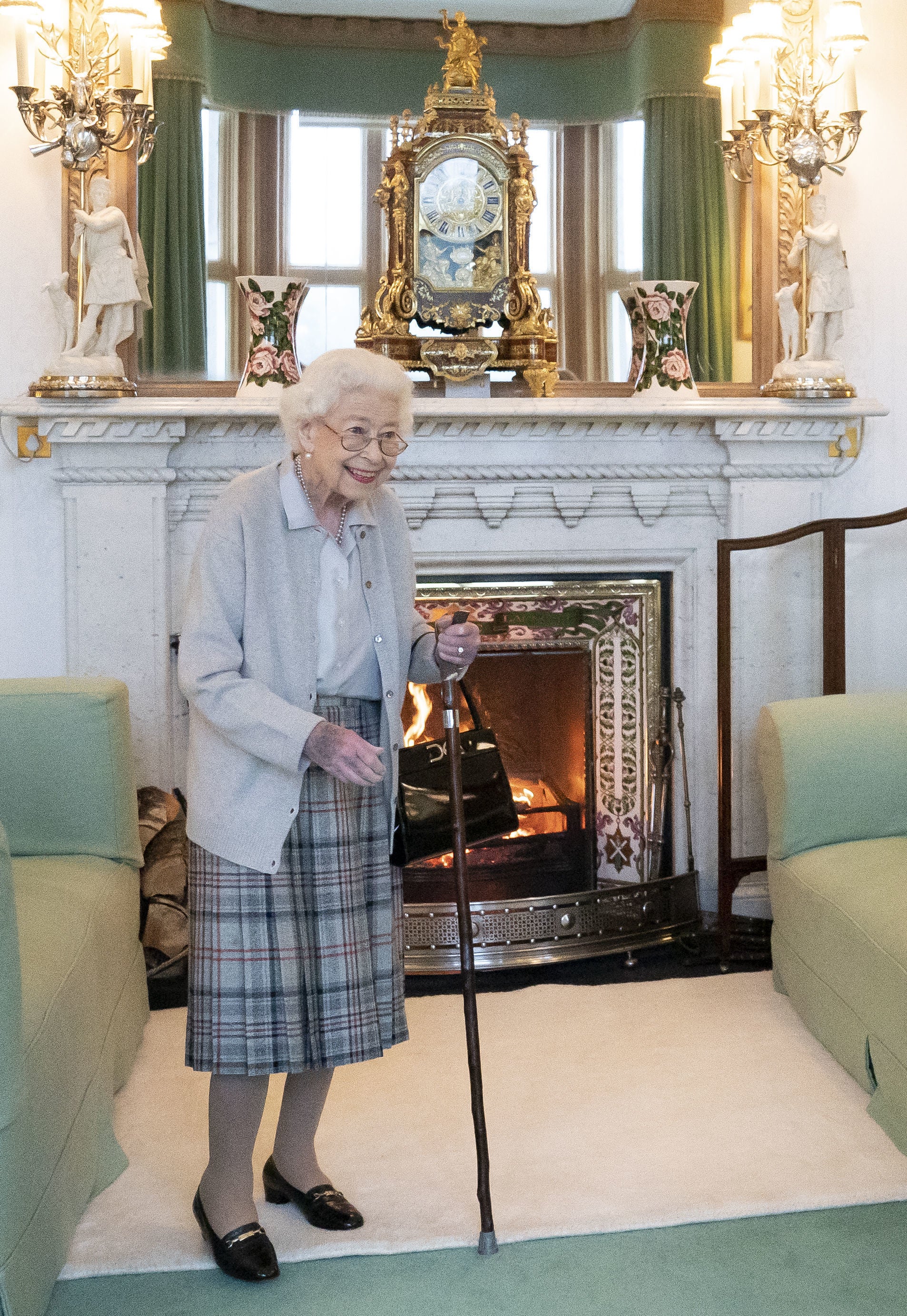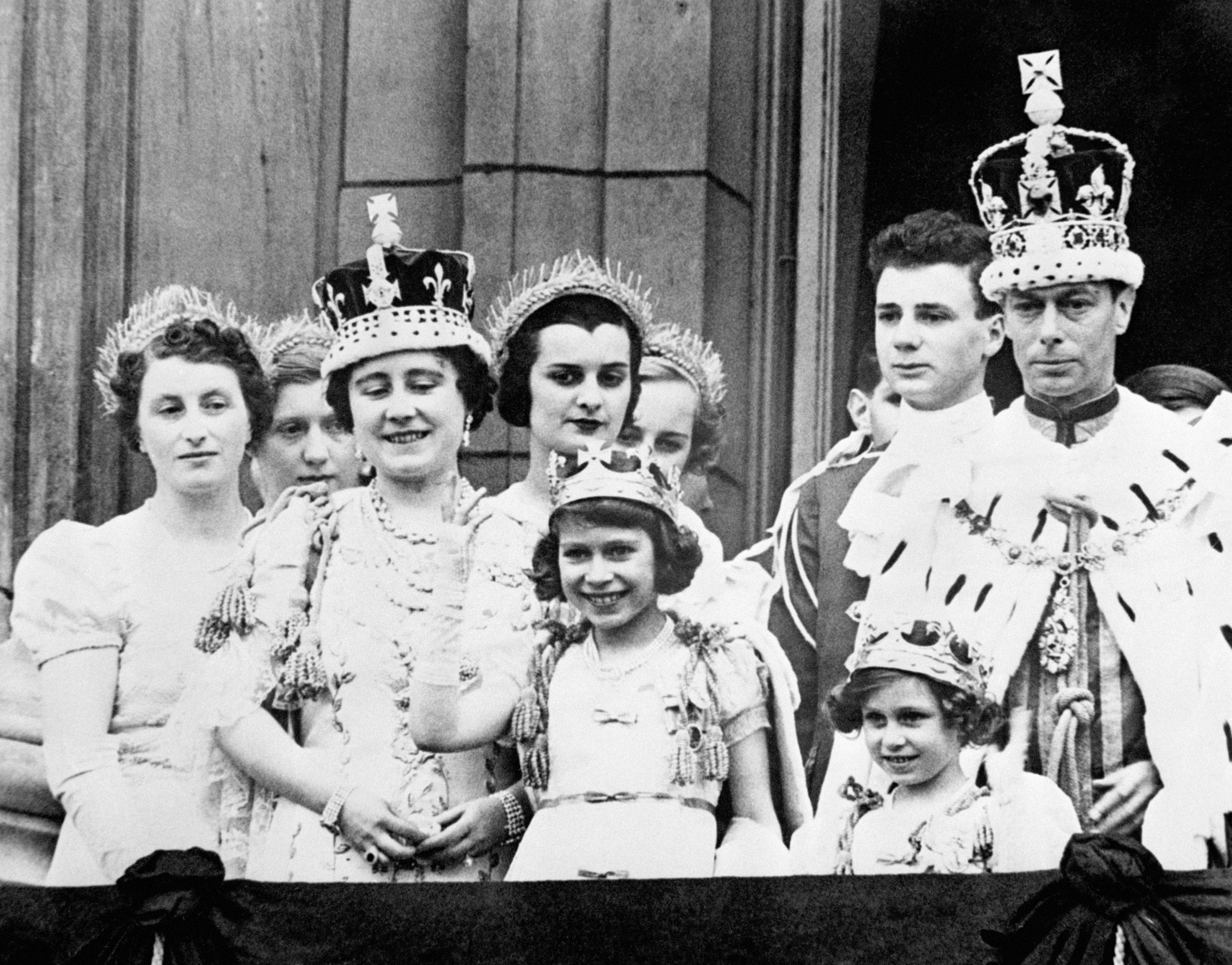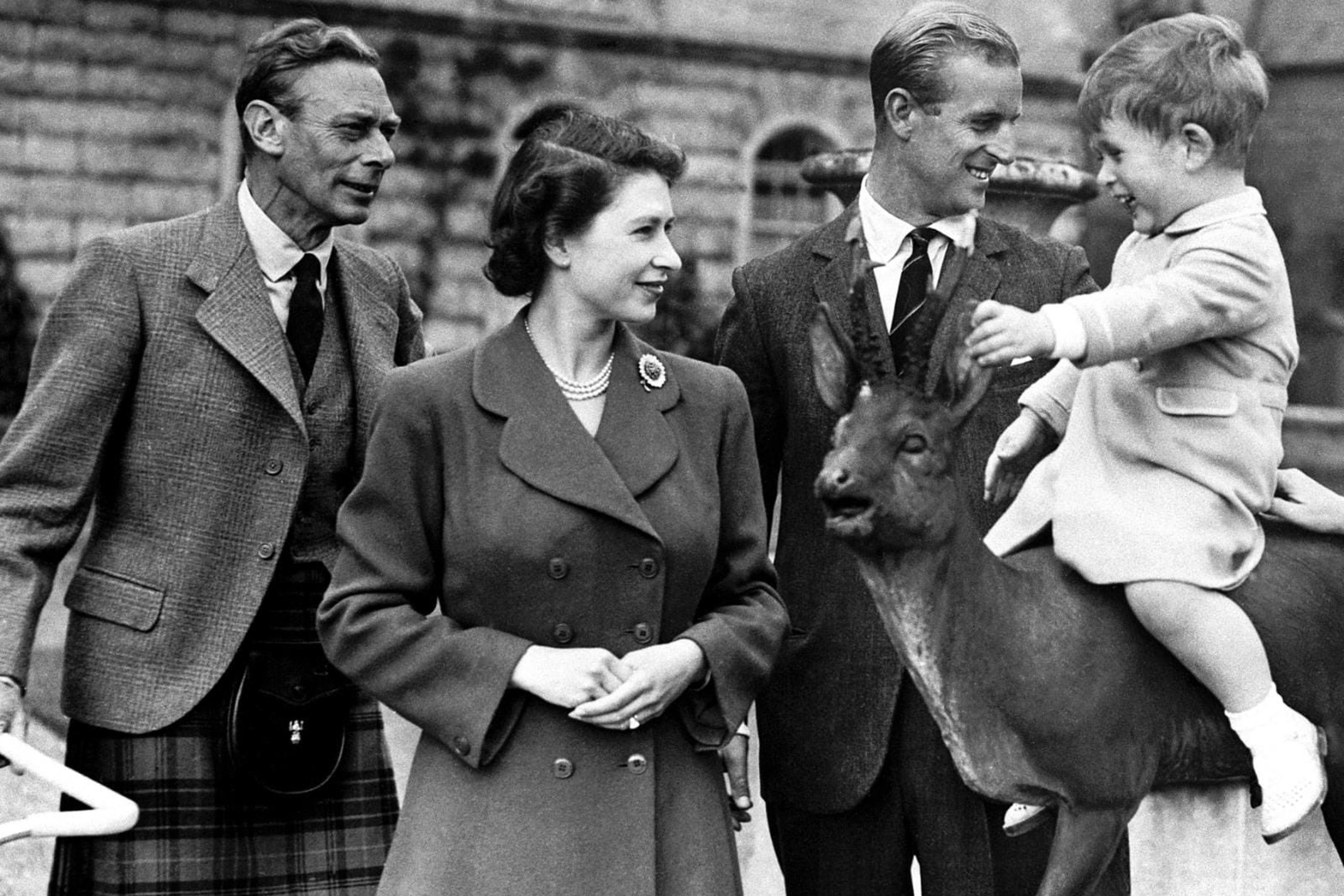King Charles cancer diagnosis: The history of illnesses in the Royal Family
As King Charles undergoes treatment for cancer, here is a look back at other health conditions in the Royal Family
Your support helps us to tell the story
From reproductive rights to climate change to Big Tech, The Independent is on the ground when the story is developing. Whether it's investigating the financials of Elon Musk's pro-Trump PAC or producing our latest documentary, 'The A Word', which shines a light on the American women fighting for reproductive rights, we know how important it is to parse out the facts from the messaging.
At such a critical moment in US history, we need reporters on the ground. Your donation allows us to keep sending journalists to speak to both sides of the story.
The Independent is trusted by Americans across the entire political spectrum. And unlike many other quality news outlets, we choose not to lock Americans out of our reporting and analysis with paywalls. We believe quality journalism should be available to everyone, paid for by those who can afford it.
Your support makes all the difference.In February, King Charles shared he had been diagnosed with cancer following treatment for a benign enlarged prostate.
The Royal Family did not specify the form of cancer but he is still undergoing regular treatment and has postponed public duties.
The monarch was diagnosed with the disease while undergoing separate treatment for an enlarged prostate in January at the London Clinic.
Expressing his gratitude to the medical team for their quick intervention, the King said he was feeling positive about his treatment and hoped to return to his royal duties sooner rather than later.
In a statement, the family said: “His Majesty has chosen to share his diagnosis to prevent speculation and in the hope it may assist public understanding for all those around the world who are affected by cancer.”
Here is a look back at the history of health issues in the Royal Family.
Kate Middleton
In January, the Princess of Wales entered the London Clinic to have abdominal surgery for an unspecified condition.
Following a frenzy of public speculation, the Princess of Wales revealed she had been diagnosed with an unspecified cancer and would be stepping back from frontline royal duties while undergoing treatment.
Kate also said she was undergoing “preventative” chemotherapy. Chemotherapy is a term used to describe the treatment of someone diagnosed with cancer and is used to kill cancerous cells – although Kate specifically used the term preventative chemotherapy.

Sarah Ferguson
Sarah Ferguson, the Duchess of York, was diagnosed with skin cancer in January 2024, just months after she received treatment for breast cancer.
In July 2023, the 64-year-old had an eight-hour mastectomy – but unfortunately last month, during the follow-up surgery, dermatologists, when removing several moles, found one to be malignant melanoma.
The Duchess is now undergoing further tests to see if the cancer has spread to other parts of her body but is said to be in good spirits.

Queen Elizabeth II
The much-loved Queen Elizabeth II died on 8 September 2022 after a record-long reign of over 70 years, aged 96.
The Queen was hospitalised in October 2021 shortly after the death of her husband Prince Philip. The monarch then did not attend several public appearances due to dwindling health, as she reportedly suffered from low energy and weakness.
In February 2022, she tested positive for Covid after suffering from mild cold-like symptoms, the Palace reported at the time.
She was pronounced dead at 3.10pm on 8 September 2022 by Dr Douglas James Allan Glass. Her cause of death was deemed to be old age.

Prince Philip
The Queen’s beloved husband died at the age of 99 in April 2021, his cause of death was officially recorded as “old age”.
Leading up to his passing, the King had been discharged from the hospital following treatment for a pre-existing heart condition.
In 2012, he missed the Queen’s Diamond Jubilee celebrations due to a bladder infection and in 2011 he was helicoptered from Sandringham to hospital due to chest pains - he was then treated for a blocked coronary artery.
The royal was involved in a car crash two years earlier when a vehicle hit his car, however he was not injured but sought medical advice out of precaution.
Queen Mother
Queen Elizabeth I, the Queen Mother, died aged 101 in 2002 after suffering from ulcers on her left leg and persistent hip problems which led to mobility issues in her old age.
In 1995, she had a right hip replacement and three years later, her left hip was replaced.

King George VI
On February 6 1952, King George VI died in the middle of the night.
He had survived a major operation to remove his left lung in September 1951, but succumbed to a blood clot just a few months later.
It caused a coronary thrombosis, the blockage of the coronary arteries that carry blood to the heart, leading to a sudden collapse and fatal heart failure.
His death came as a shock to the public and the royal family, as even the King was not informed of the full extent of his illness.
It later came to light he had been suffering from lung cancer after smoking heavily all his life.

Edward VIII
King George VI’s brother was the reigning monarch until he abdicated the throne in January 1936.
Like his brother, he was a frequent smoker and died in 1972 after battling throat cancer.

Join our commenting forum
Join thought-provoking conversations, follow other Independent readers and see their replies
Comments